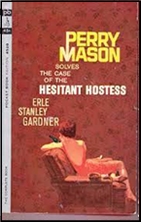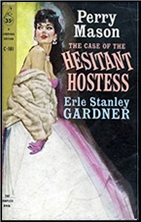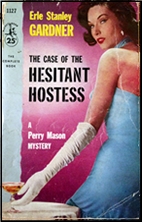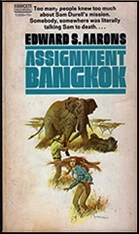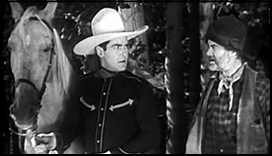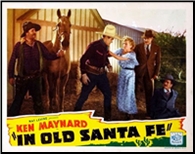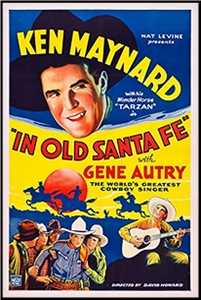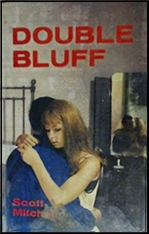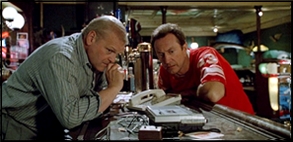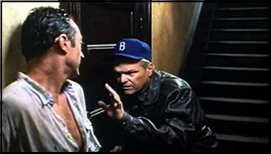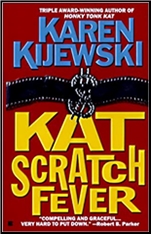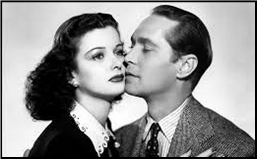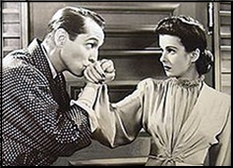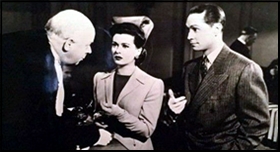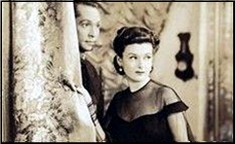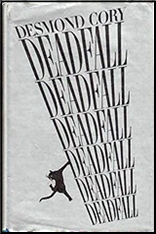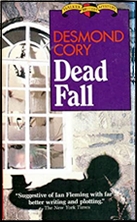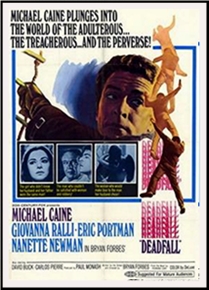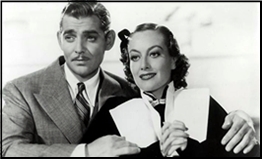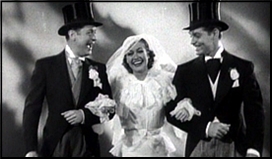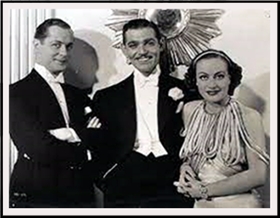Sat 22 May 2021
Reviewed by David Vineyard: ROBERT B. PARKER – Chasing the Bear.
Posted by Steve under Reviews[12] Comments
ROBERT B. PARKER – Chasing the Bear. Philomel Books, hardcover, 2009. Speak, paperback, 2010.

It is a Sunday in Boston, and on this particular one while Spenser and Susan Silverman sit on a bench in the Boston Public Garden, Spenser decides to open up about his childhood in the West with his father and three uncles. What follows once in a while almost evolves into a coming of age story, but mostly meanders from one incident to the next of Spenser being Spenser, just a younger version of himself with his Father and Uncles as his wingmen rather than Hawk.
The longest and most involving section involves a teen girl fleeing her abusive father (Jeannie Haden wasn’t my girlfriend. She was a girl who was my friend. We spent a lot of time together. Things were bad at home for her. Her mother and father were getting divorced, and they fought all the time. Jeannie was scared of her father. She only went home when she had to.), and Spenser helping her in the wilderness eventually killing the father. Of course nothing comes of this because the wise deputy is a friend of Spenser’s father, and the man was a near cartoon of an abusive father, so no one really cares a teenage boy killed him in self defense.
It is that kind of book, a Spenser novel in miniature, written for a juvenile audience to give a glimpse of Spenser’s formative years, but by the time the book opens he is already Spenser full blown, and whether protecting a girl from an abusive father or a new friend from racist thugs, only Hawk and the guns are missing.
You would expect in a Hemingwayesque novel of coming of age set in a rural Western setting (“Western Flub Dub†as Spenser describes it) some sense of the outdoors, scenes of hunting and descriptive passages of the world Spenser grew up in, but you barely get that. Like the later novels the book consists of mostly talk, a few descriptive passages of violence, and asides from Spenser about his past, but there is not much more to it than that.
Spenser is Spenser, Spenser kills a man, beats up some bullies, grows up, has a couple of adult conversations, casually mentions blowing a sports scholarship and goes to college. There is precious little about growing up without a mother or the other drawbacks of being raised by four hard fighting sem-literate fathers in the rural West. Characterization is so bare bones you couldn’t cast the characters in a film based on the bare detail provided.
Parker takes 37 chapters to do considerably less than Jim Harrison in the in the novella Legends of the Fall.
Before it starts, I loved Parker and Spenser when they debuted, and I stayed with them much longer than many others I know, but over time I just stopped enjoying the books. There was a sameness about them that I couldn’t remember if I had read one or not, too much cuteness with Susan, too much wisecracking with Hawk, one too many big fights that read like the big fight in the book before.
I recognize that the things I mention are why millions of readers read Parker and still read the continuing series by Ace Atkins and others, and more power to them. For me it was a camel’s backbreaking straw.
I had hoped this would actually give a little insight into Spenser (incidentally we still get no idea he has a first name, for all we find out his father called him Spenser), and sense of how he became the man he was, but instead the boy he was is exactly the same as the man he is, just younger and smaller and needing four Hawks instead of one.
I suppose growing up enough to only need one preternaturally capable killer is some sort of coming of age, but I really can’t imagine many young readers rushing to read this or many older readers being satisfied by it.
I still have great affection for Parker. I loved the early books and still do, loved the Robert Urich series, spent many happy hours with his works, but I can’t pretend the books didn’t wear thin as plot took a farther and farther place in the background.
Spenser even tears up a little at the end as Susan reminds him he has not left his family behind.
I felt my throat tighten for a moment. I nodded slowly.
“Yes,” I said. “With us.”
I only wish Parker had given us enough of a connection to the characters that the final touching tribute actually meant anything to the reader.
